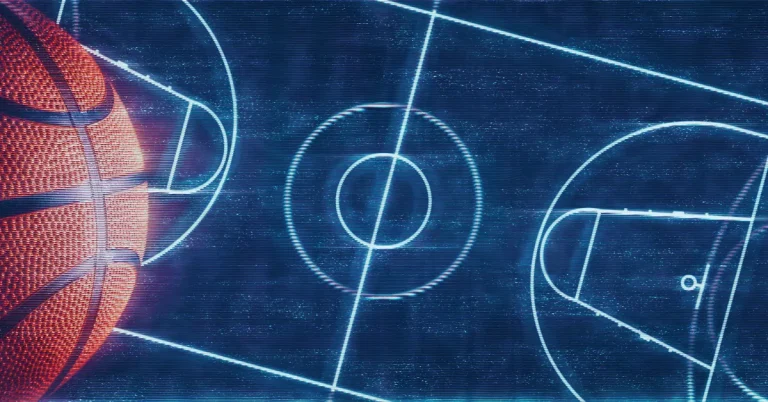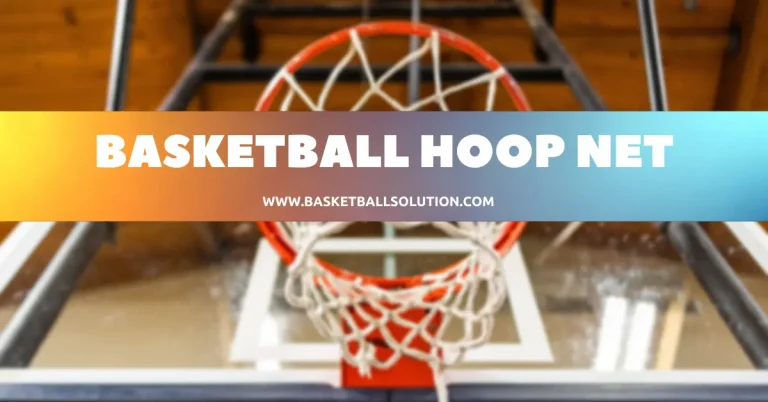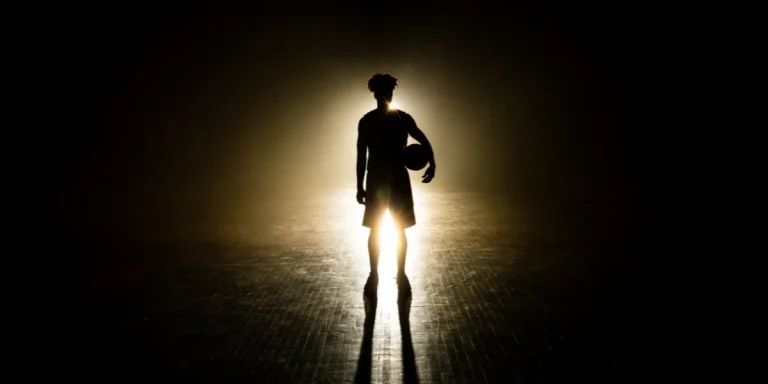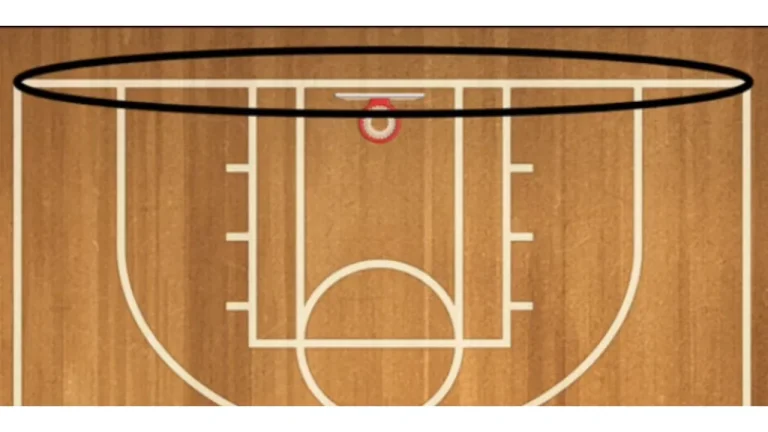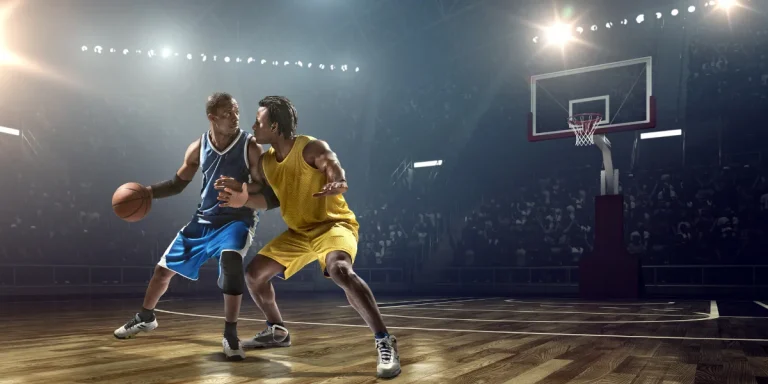Three-Second Violation in Basketball | Rules and Penalties
In the course of my basketball journey, I found myself predominantly playing the power-forward position. I vividly remember the time when I was down low in the paint, eagerly asking for the ball. Suddenly, the referee blew the whistle, and I received a three-second violation. Being new to basketball, I felt confused.
However, my coach wasted no time in providing a rather loud and clear explanation during the subsequent timeout. This experience taught me the importance of understanding the rules of basketball, particularly the three-second violation. In this article, we’ll explore this common violation in basketball, shed light on its definition and consequences, and even share real-life Three-second violations in basketball examples.
What is a 3-second Violation in Basketball?
The Three-Second Rule in basketball dictates that an offensive player cannot linger in the key area near the basket for more than three seconds while their team has possession of the ball. This rule ensures fair play by preventing players from monopolizing scoring opportunities and encourages dynamic movement on the court.
Defensively, teams use this rule to anticipate offensive strategies and disrupt plays, enhancing the competitive nature of the game. Overall, the Three-Second Rule is a fundamental regulation that maintains balance and excitement in basketball gameplay.
Three-Second Rule Violations
Three-Second violation: basketball encompasses various defensive and offensive violations that impact gameplay. Defensive violations include fouls such as blocking, holding, and illegal contact, which result in free throws or possession changes.
On the other hand, offensive violations encompass actions like traveling, double dribbling, and charging, leading to turnovers and the loss of possession. Understanding the distinctions between defensive and offensive violations is crucial for players and officials to enforce the rules effectively and maintain fair competition on the court.
1. Offensive Three-Second Violation
If an offensive player spends more than three continuous seconds in the paint without actively attempting to score a basket, they commit a three-second violation. In short, an exception is made if the offensive player has been in the paint for some time and then receives the ball.
The referee will not call the violation as long as the offensive player is genuinely attempting to score, with the determination of this effort left to the referee’s discretion. A simple technique to avoid an offensive three-second call is for the player to step both feet out of the paint area, effectively resetting the count.
2. Defensive Three-Second Violation
In basketball, defensive players are also subject to the three-second rule. This regulation dictates that they cannot remain in the key or paint area for more than three consecutive seconds unless they are actively defending an opponent. The purpose of this rule is to provide the offense with a fair chance to approach the basket without undue interference from defenders.
It is important to note that both the NBA (National Basketball Association) and NCAA (National Collegiate Athletic Association) enforce the defensive three-second rule, but it is not applicable in high school basketball or FIBA (International Basketball Federation) events.
Penalties for 3-second Violation Basketball NBA
Penalties for three-second violations in basketball typically result in a turnover, with possession of the ball being awarded to the opposing team. The exact procedure may vary slightly depending on the level of play and the governing body’s rules. In most cases:
- Turnover: The team that commits the three-second violation loses possession of the ball.
- Inbound: The opposing team gains possession of the ball and typically inbounds it from the sideline or baseline, depending on where the violation occurred.
- Resume Play: Play continues with the opposing team now on offense.
These penalties serve to enforce the rule and maintain fairness in the game by preventing defensive players from lingering in the paint and impeding offensive players’ movements near the basket.
How to Avoid 3-second Violation Basketball?
To avoid committing a three-second violation in basketball, players must be mindful of their positioning and movements within the key or paint area. Here are some tips to avoid this violation:
Awareness: Players should be aware of their position relative to the basket and the amount of time they spend in the paint.
Constant Movement: Players should actively move in and out of the key rather than lingering in one spot for too long.
Timing: Be mindful of the offensive possession and move out of the key when not actively defending an opponent or actively participating in a play.
Communication: Teammates can help by communicating with each other to ensure that players are rotating effectively to avoid prolonged stays in the paint.
Fundamental Skills: Coaches should emphasize proper footwork and positioning during practice sessions to instill good habits in players.
Practice: Regular practice and scrimmages can help players develop a sense of timing and spatial awareness to avoid three-second violations during actual games.
By incorporating these strategies into their gameplay and remaining vigilant during matches, players can reduce the likelihood of committing a three-second violation and maintain compliance with basketball rules.
Why does the NBA have this 3-Second Rule Basketball?
Interestingly, the NBA didn’t always have the defensive three-second rule. The league office introduced it in 2001 to enhance the excitement and appeal of the game for the average fan.
The NBA’s primary objectives were to improve the flow of the game, increase scoring, and enhance overall watchability. If you recall watching NBA games in the 1980s or 1990s, you might remember many prominent post players camping out near the basket on defense. This defensive strategy led to lower scores during that era.
The NBA’s motive was to encourage big post players to move out of the paint, allowing guards greater freedom to drive to the basket. Many experts believe that players like Shaquille O’Neal’s dominating presence in the paint influenced the rule change.
In essence, the rule aimed to transform the NBA landscape, ushering in a new era of basketball. It essentially marked the end of the zone defense in the NBA, even though the rulebook doesn’t officially deem it illegal.
FAQs
What is an 8-second violation in basketball?
Ja Morant, the offensive player with the ball, fails to cross midcourt within 8 seconds. This results in a violation, giving possession to the opposing team. The offensive team must cross midcourt in under 8 seconds.
How to avoid a 3-second violation in basketball?
To avoid a 3-second violation in basketball, stay alert, move quickly, pass or shoot, communicate with teammates, and practice regularly.
When was the defensive 3-second rule implemented in the NBA?
The defensive 3-second rule was implemented by the National Basketball Association (NBA) in the 2001–2002 season.
Conclusion
Understanding the three-second rule in basketball is super important. This rule can change how a game goes, and whether you are a player, coach, or fan, knowing about it is key. It keeps the game fair and fun, preventing mistakes that might mess up a match. But guess what? There’s another rule called the five-second rule, and it’s just as important. Both of these rules help keep the game running smoothly. So, by knowing and respecting them, you are making sure the game stays awesome and avoiding the kind of mistakes that even experienced players sometimes make.

Passionate basketball player striving for excellence on and off the court. Dedicated to the game since youth, I have honed skills through years of practice. Explore my journey, gear reviews, and dunking tips. Let’s elevate our game together!


